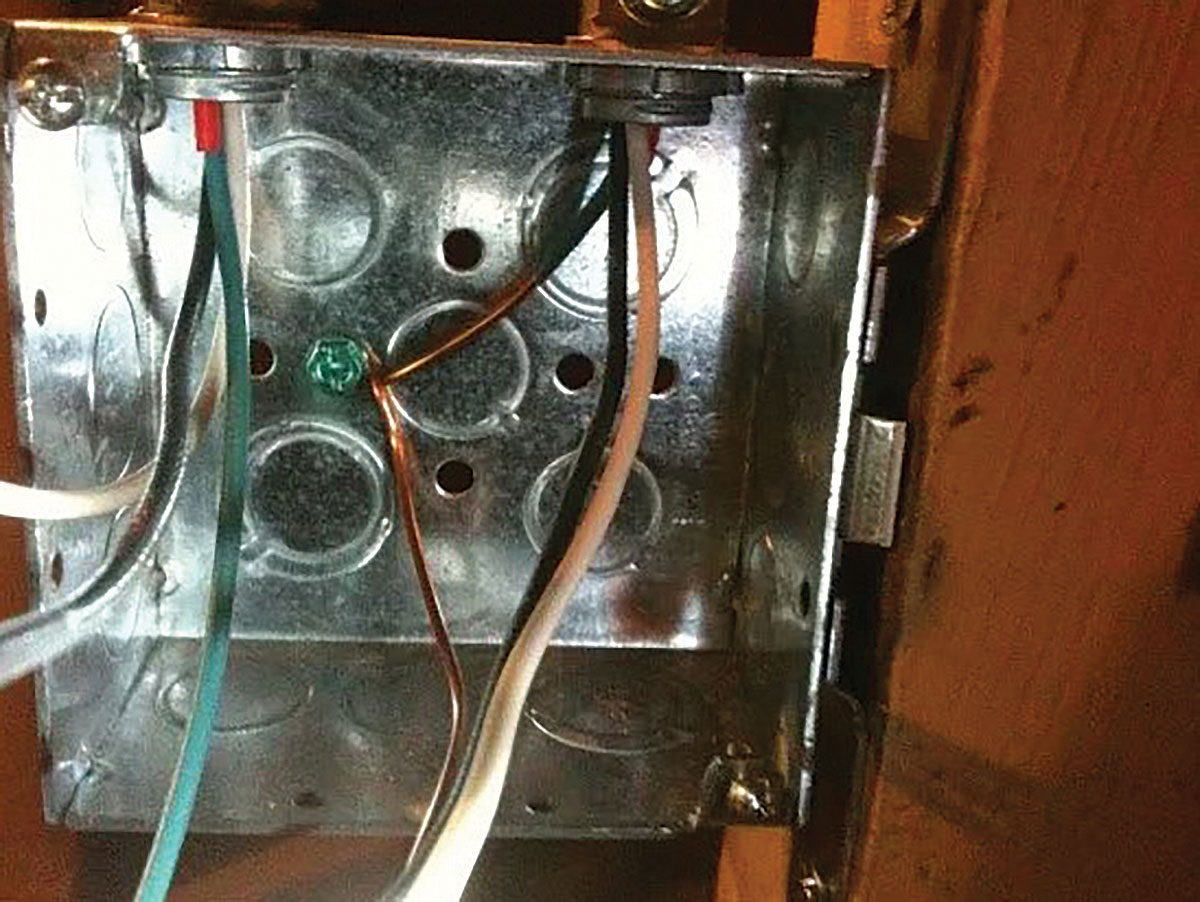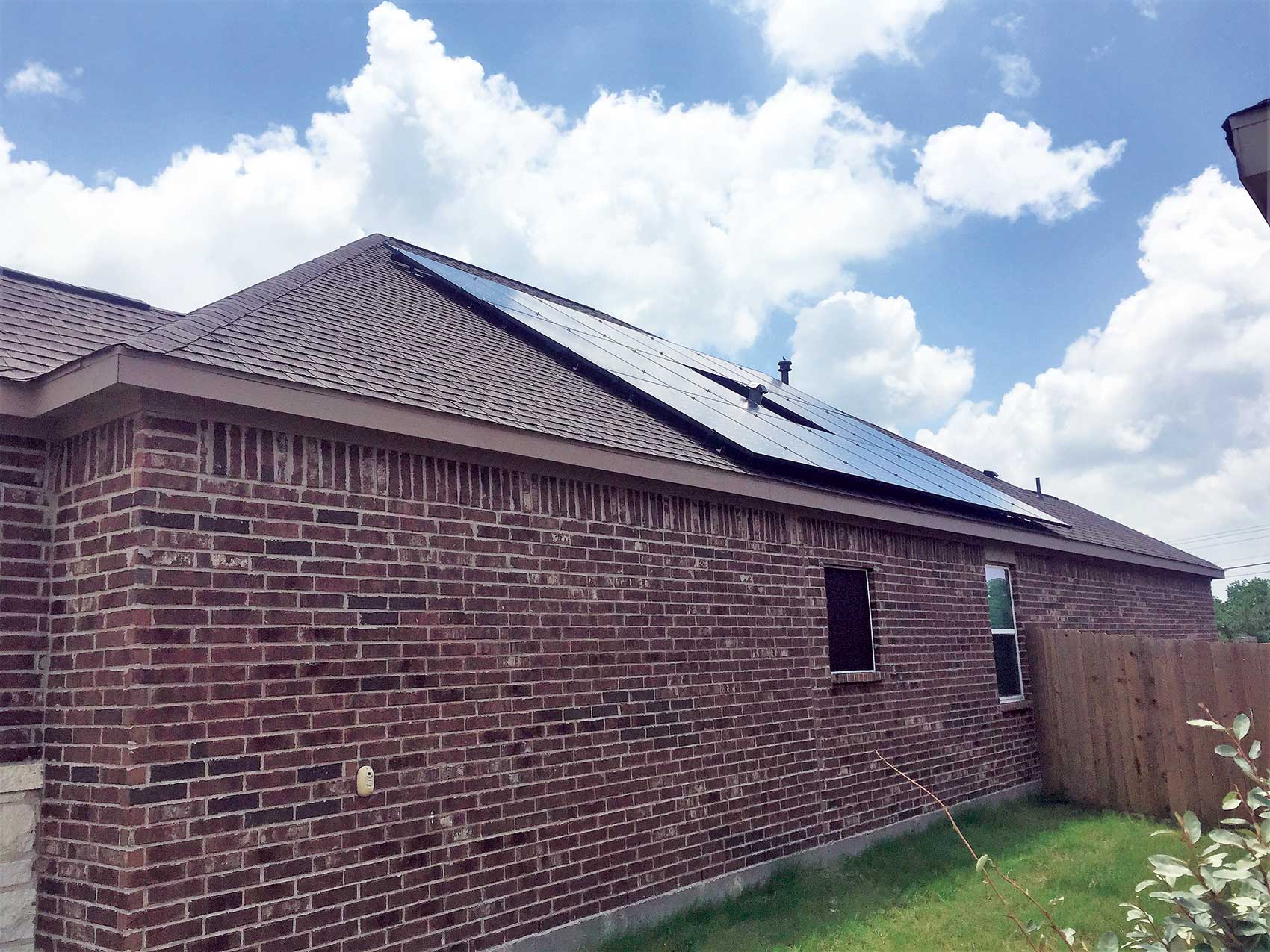Question:
At 250.66(A) and (B), the Code refers to a “sole connection to the grounding electrode.” Please explain what sole connection means; and is the term sole connection defined anywhere in the NEC? PM
Answer:
The words “sole” or “solely” appear many times throughout the NEC, but are not defined in Article 100 or in the “.2” sections of individual chapters. The dictionary defines it as an adjective that means “only”; in this situation it is the only connection to the grounding electrode system. Synonyms that show up under a word search are: only, solitary, single, individual, singular, lone, one and only, and exclusive.
This term sole connection is referring to the only connection to the actual grounding electrode itself, and not necessarily a sole or single ground rod. Using the ground rod scenario as an example, if the singular grounding electrode in question consists of two ground rods (one rod supplementing the other), the grounding electrode conductor and the bonding jumper to the second ground rod
would be considered the sole connection to this grounding electrode system.
The sole connection clarification was made crystal clear by action taken by code-making panel 5 for
the 2014 NEC. The revised language at 250.66(A) and (B) is an attempt to clarify the sole connection sizing provisions for grounding electrode conductors to rod, pipe, plate, and concrete-encased electrodes. The plural language added at 250.66(A) and (B) makes it clear that the sole connection provisions are still relevant, even if more than one of these types of electrodes are installed or are present at a building or structure. As an example, let’s say a single ground rod was installed to supplement a metal underground water piping system that qualified as a grounding electrode [3.0 m (10 ft) or more in contact with the earth]. The ungrounded service-entrance
conductors involved are sized at 4/0 AWG copper, which would require a 2 AWG copper grounding electrode conductor. Installing a 2 AWG copper grounding electrode conductor from the service disconnecting means to the metal water piping system would be in order. Section 250.66(A) would permit a 6 AWG copper grounding electrode conductor from the service disconnecting means to the ground rod, or a 6 AWG copper grounding electrode conductor from the metal water piping system to the ground rod, as this 6 AWG copper grounding electrode conductor would be the sole connection to the ground rod. However, using this same scenario, with the two ground rods involved connected together with a bonding jumper [as required in 250.53(A)(2)], has caused some confusion as to whether or not the connection to the first ground rod is now the sole connection, since both a grounding electrode conductor and a bonding jumper are now connected to this first ground rod. The plural language and revised text at both 250.66(A) and (B) should make it clear that the Code considers these two ground rods to be one electrode as far as the sole connection sizing provisions are concerned, and 6 AWG copper conductor could be used at both
ground rods.
This revision should clarify that if a grounding electrode conductor is installed to multiple concrete-encased electrodes connected together with a bonding jumper(s), the maximum size grounding electrode conductor to the first concrete-encased electrode or any bonding jumper(s) between the multiple concrete-encased electrodes is not required to be larger than a 4 AWG copper conductor.
— L. Keith
Lofland
IAEI Director of
Education













Find Us on Socials